This podcast found in:
- Raw RecipesRaw Recipes Index
- MoreGoodies, About, Praise + More
- StoreApps, Courses + More
Trending Items In The Store
- CelebrateSeasonal Suggestions
- New To Raw?Start Here
- WellnessCreating Healthy Habits
- CommunityRawtarian Community
Hello Beautiful!
It looks like you're new to The Rawtarian Community. If you'd like to get involved, click one of these buttons!
Login to Community Signup for an account Login using FacebookTrending Community Recipes
- Community









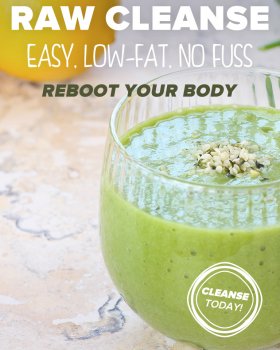














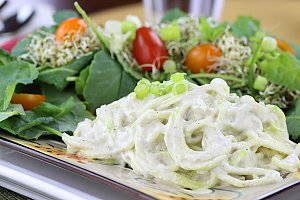

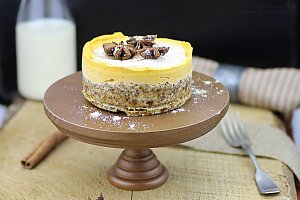

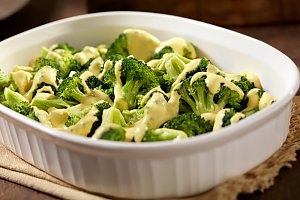
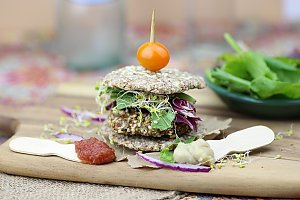


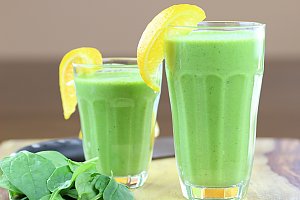



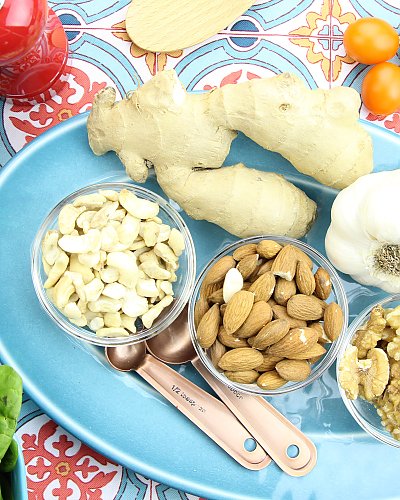
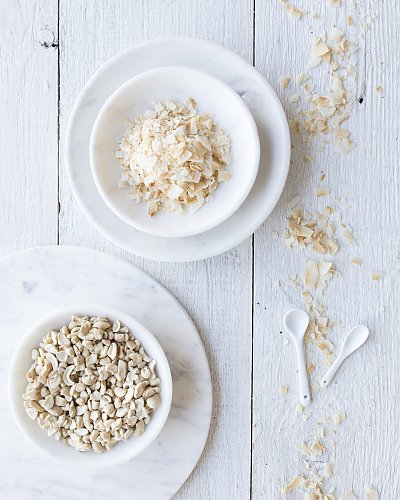
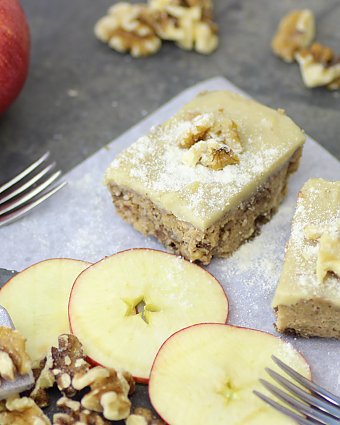























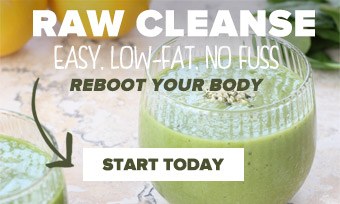





Comments
Top voted
The Rawtarian
Sep 23, 2013
Hi Shirley,
Glad you found the podcast helpful!
Generally, these groups of nuts can be substituted for one another:
****creamy nuts: cashews, macadamia nuts, pine nuts, etc.
****flour-like nuts: almonds, sunflower seeds, hazelnuts, pumpkin seeds, etc.
****oily nuts: walnuts, pecans, etc.
Shirley
Aug 12, 2013
I have a recipe calling for a cup of cashews. I have severe allergy to nuts. What can I susbtitute for this in my recipe?
HelenB
Jan 04, 2014
Thank you for this info - found this very helpful. I'm wondering if you think buckwheat could be substituted sometimes for the flour-like nuts.
All
HelenB
Jan 04, 2014
Thank you for this info - found this very helpful. I'm wondering if you think buckwheat could be substituted sometimes for the flour-like nuts.
Katrin Weißenborn
Aug 14, 2021
Ich denke schon, dass Du Cashews durch Buchweizen ersetzen kannst.
The Rawtarian
Jan 06, 2014
Hi Helen,
I don't use buckwheat groats much in recipes (to be ground down), but I do agree that of all the nuts they would sub almonds best.
Hope this helps!
Shirley
Aug 12, 2013
I since the last comment listened to your podcast I have received your view on substitution. Thank you
The Rawtarian
Sep 23, 2013
Hi Shirley,
Glad you found the podcast helpful!
Generally, these groups of nuts can be substituted for one another:
****creamy nuts: cashews, macadamia nuts, pine nuts, etc.
****flour-like nuts: almonds, sunflower seeds, hazelnuts, pumpkin seeds, etc.
****oily nuts: walnuts, pecans, etc.
Shirley
Aug 12, 2013
I have a recipe calling for a cup of cashews. I have severe allergy to nuts. What can I susbtitute for this in my recipe?
Katrin Weißenborn
Aug 14, 2021
Ich denke, dass Buchweizen funzen müsste!
Leave a Comment